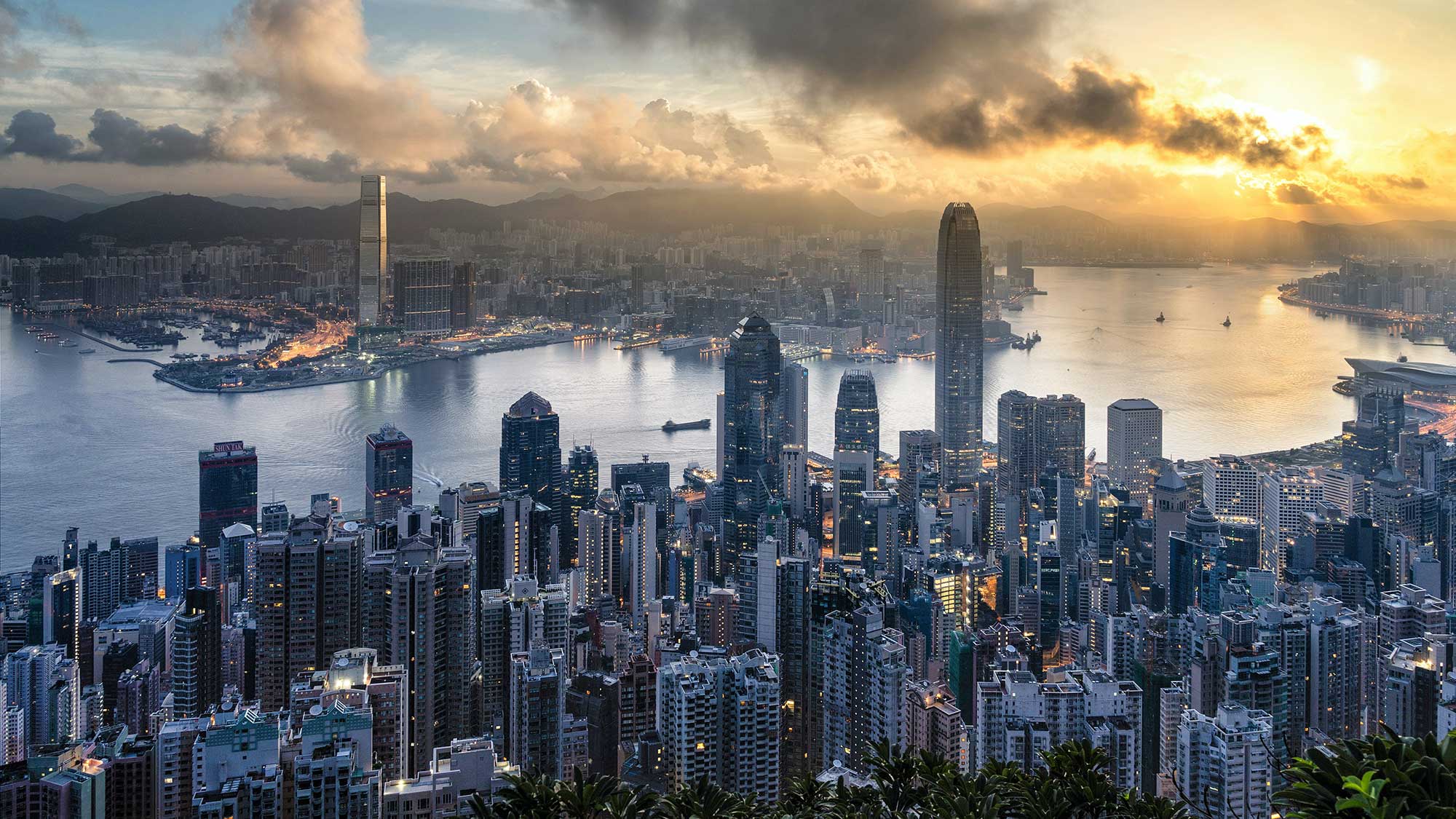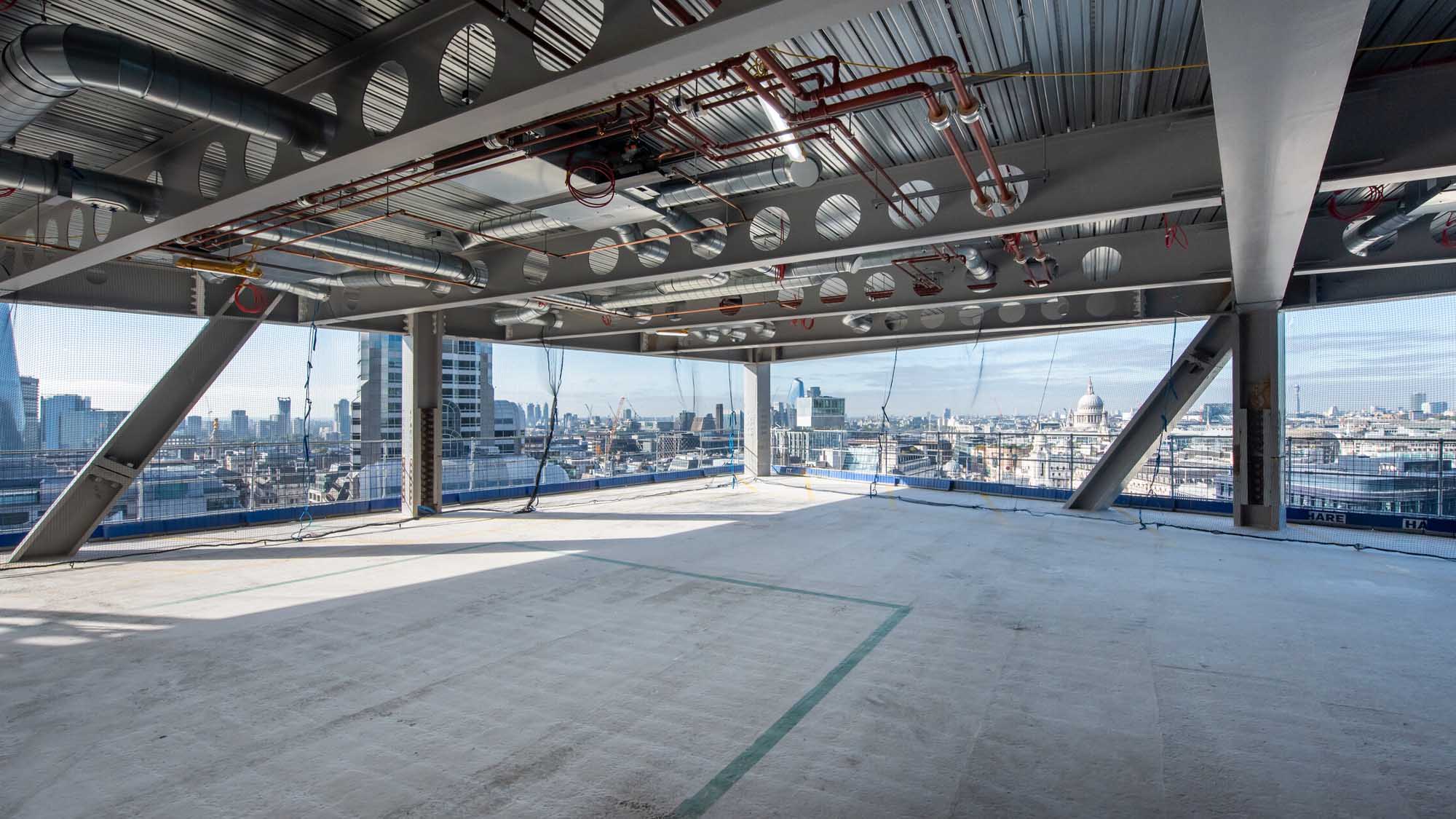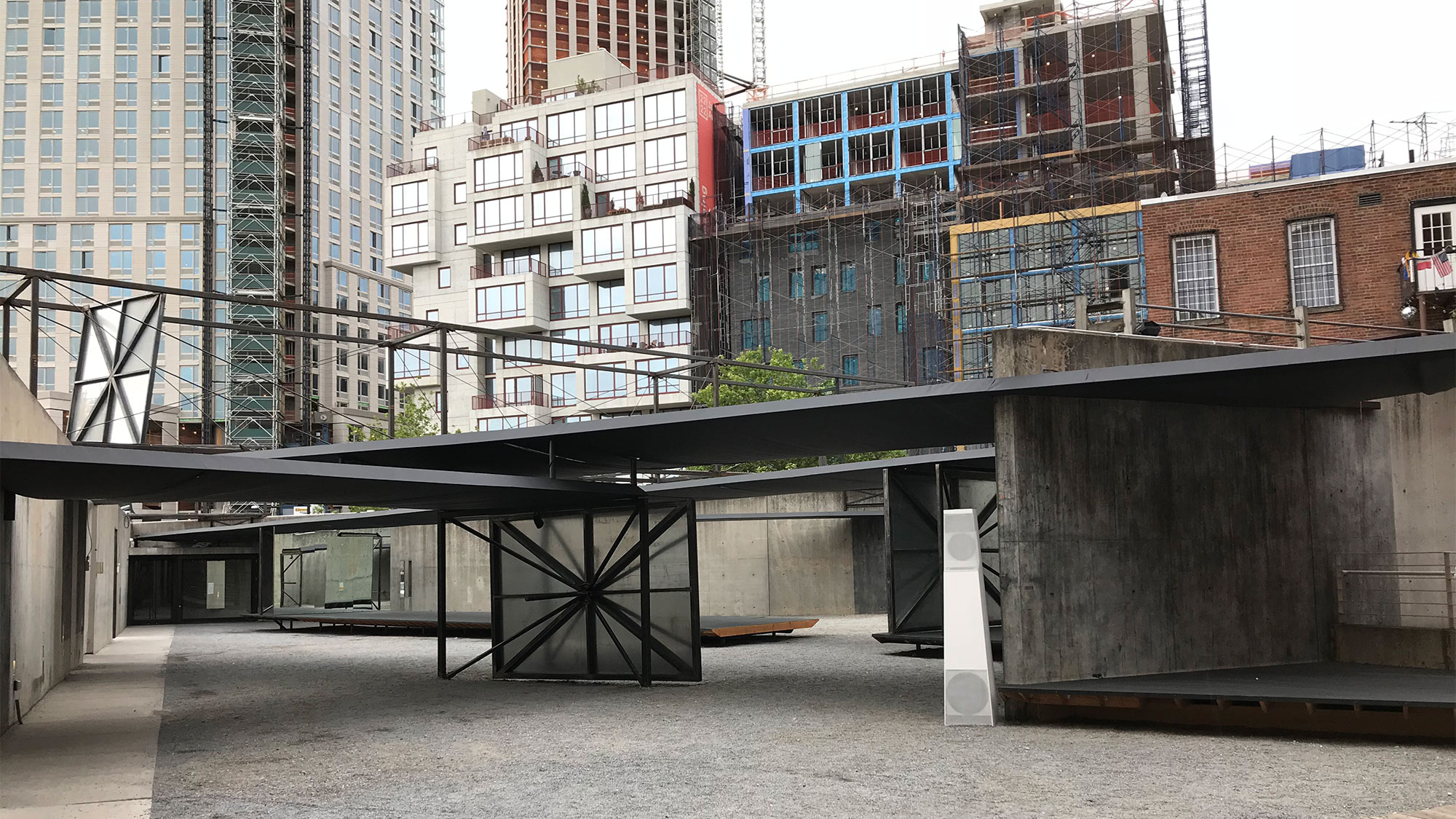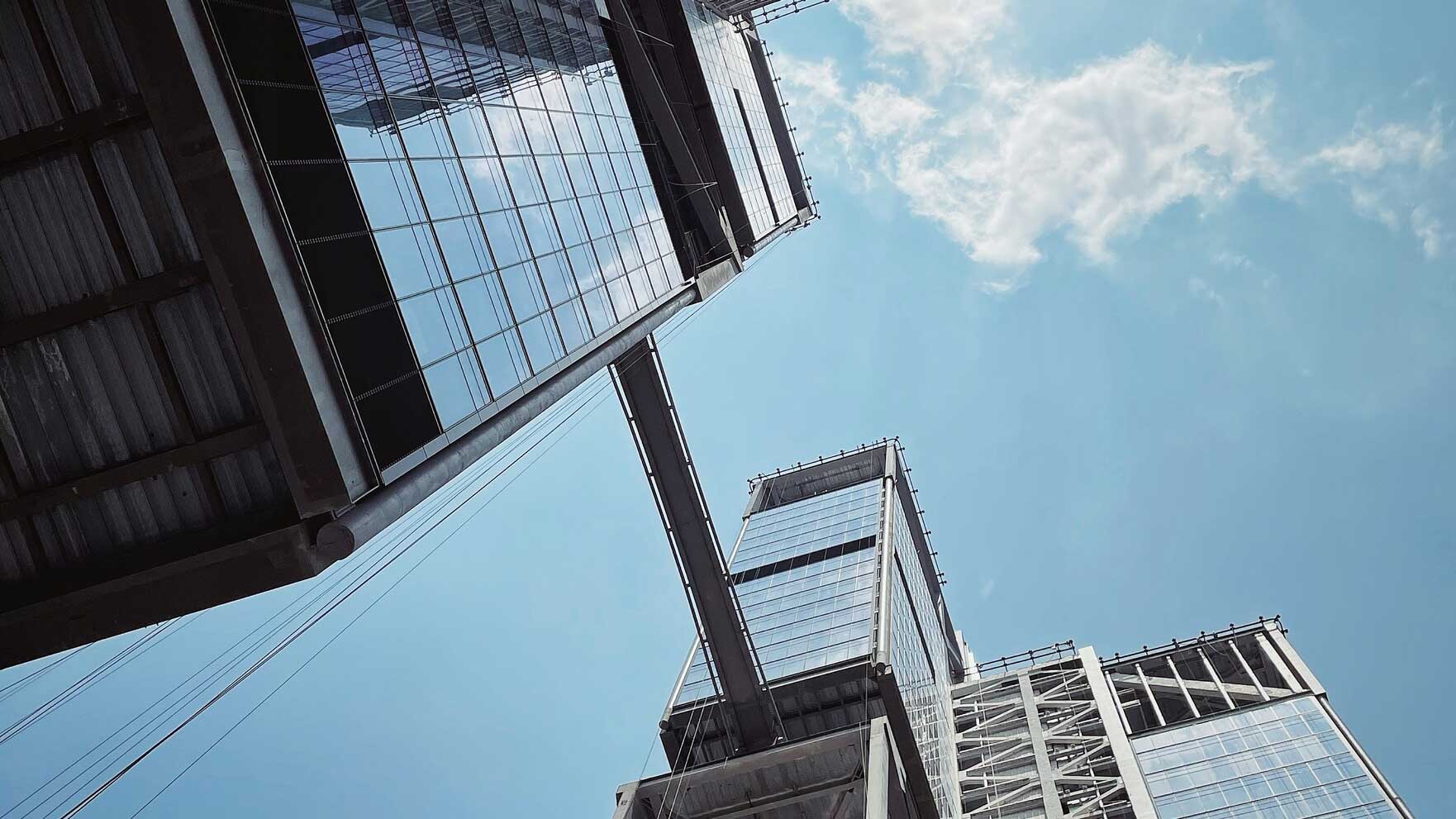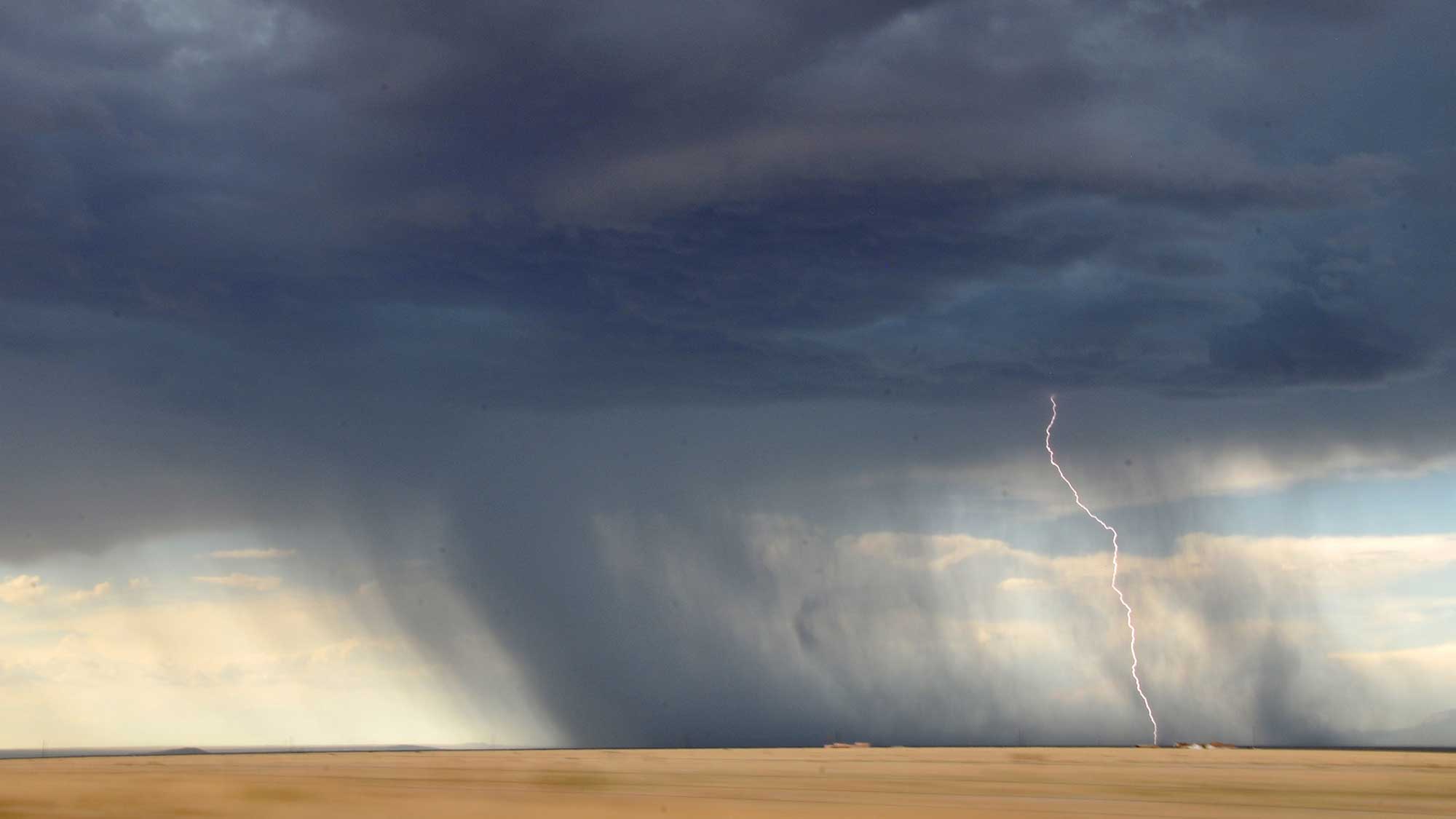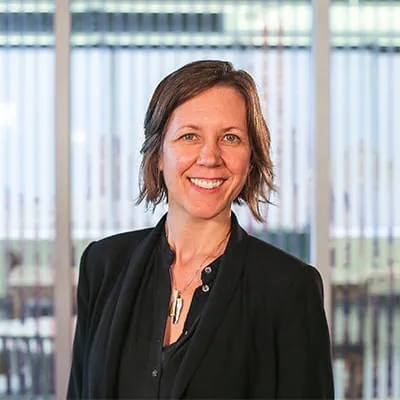Ever-taller, ever-longer structures and the extreme weather events of our warming world are challenging the way we understand and design for comfort and resilience. We help developers, architects and asset owners anticipate and respond to these challenges.
Beyond physics, wind engineering is a creative endeavour, bringing together an intimate understanding of the way form and structure respond to and generate forces. As wind engineering consultants, we are designers at heart. We translate test and simulation data on wind loads, building performance and microclimates into practical design advice.
As part of a multidisciplinary firm, we understand the full lifecycle of a project. We use that understanding to de-risk design right from the concept stage. Long before any designs are tested, our strategic insights identify where any regulatory or performance issues might arise and how designs can evolve to anticipate and mitigate costly reworks. And long after structures are built, we continue post-construction monitoring to understand real life performance of designs, validating our tools and maintaining the value of assets.
Science, made intuitive
We work with a full range of tools - numerical, analytical and physical – to match the best tool to the issue and, in the case of wind tunnels, the best facility to the project. Central to our approach is our ability to visualise test, simulation and monitoring data in intuitive ways that are engaging and accessible to all stakeholders.
Our 3D visualisation tool Arup Wind, for example, rapidly converts environmental wind tunnel studies data. Wind speeds are measured in the wind tunnel at discrete positions, Arup Wind then displays comfort and safety speeds at these discreet locations. Based on 3D gaming software, Arup Wind gives clients an immediate visual representation of the data, allowing them to rotate and interrogate a model of their structure. Our Wind Fragility Assessment provides equally intuitive reports, displaying a heatmap of structural risk to highlight where they are greatest and where investment in resilience will provide most value.
People centered design
People – the users of the urban structures and environments we simulate and test – guide our work. In designing for their comfort and safety, we look beyond wind comfort to their lived experience: their perception of wind, temperature, precipitation and air quality. Working with Arup’s pedestrian and crowd simulation software MassMotion, we measure individuals’ comfort and safety in real time as they move in and around structures and environments. That information helps suggest ways to create and manage comfortable microclimates. It also gives planners better insights into the value of their public spaces, matching local conditions to particular uses and activities.
Informing sustainable design
That concern for people and their environments also informs our approach to sustainability. Traditionally, concern for a structure’s ability to withstand wind loads saw the increased use of carbon-intensive materials such as steel or concrete. We are using our understanding of wind engineering to isolate potential impacts and help architects and developers as they look to trim their use of materials. For example, we help designers reduce wind loading, and material requirements, without reducing structural safety by conducting site specific wind climate studies and wind tunnel testing.
Protecting structures, people and reputations
Wind damage can have far reaching consequences. Damaged roof membranes or MEP equipment can lead to water damage. Loss of roof pavers or even the smallest sculptural elements can cascade damage down a façade. Personal safety can be compromised, as can corporate reputations when buildings or environments become seen as unsafe.
Our forensic work not only interrogates the causes of wind-induced damage, it can anticipate issues and identify remedial actions to guard against them. This early, reliable identification protects not just structures and their occupants but all of those using the surrounding environment, and the reputation of the asset owners.
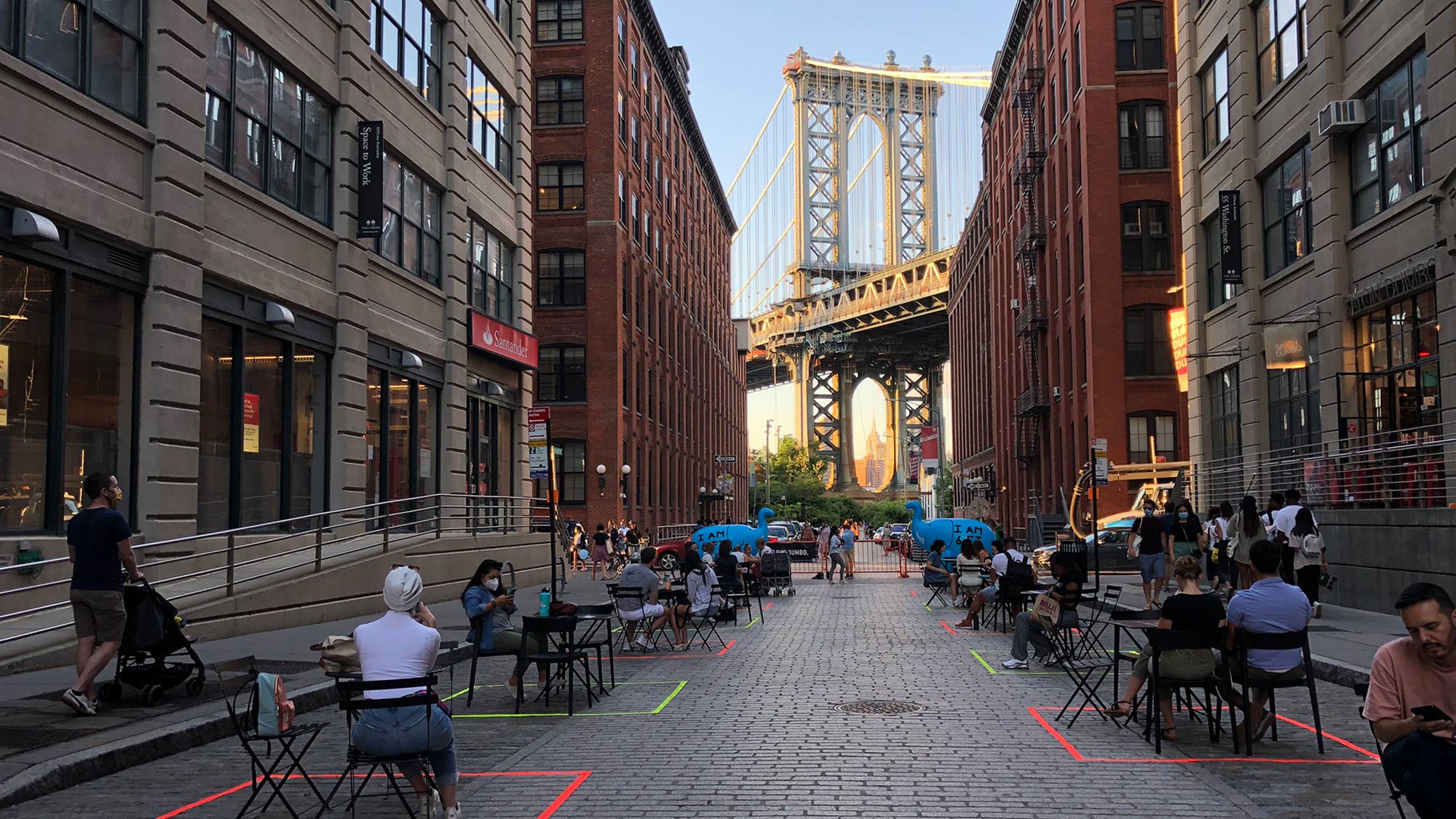 ;
;




